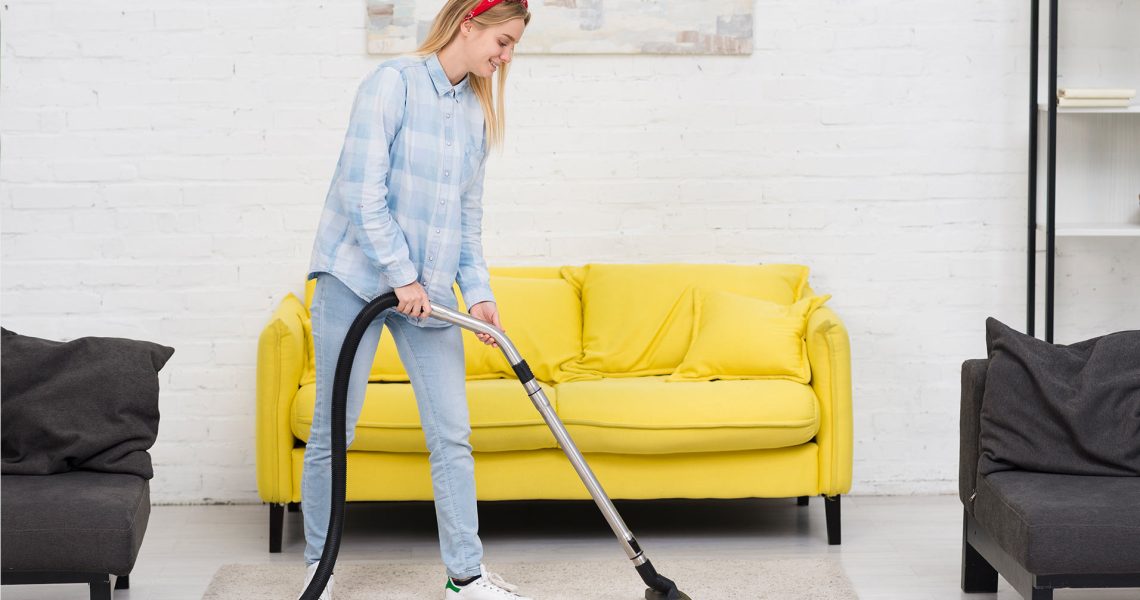Back to Work: The Best Steps to Sanitize Your Workplace
Going back to the workplace after months of working from home might seem strange. At an office confluence, being exposed to airborne pathogens and carriers is a major worry. The sanitation of the workplace is critical to the safety of everyone who enters there. Regardless of the hygienic precautions you take, the chance of contracting an unwanted infection at the office is considerable if not enough safeguards are put in place. Frequent, instructive sanitization of the workplace aids in the control of disease-causing microorganisms. To create sanitization schedules with office disinfection service Singapore, divide the building or office premises into high, medium, and low interaction zones. Cleaning of private rooms and other less-visited places can be prioritised around high-traffic areas such as entryways, washrooms, and elevators.
Office sanitization on a regular basis
As crucial as it is to complete tasks, it is just as crucial to prioritise safety and cleanliness. Following regulations and directions published by office disinfection service Singapore authorities might help you develop a simple and appropriate office sanitization plan.
Weekly cleanliness
Disinfect the interiors of your office at least twice a day if the number of individuals coming in is minimal, or as directed by the government for related industries and capacities. In general, disinfecting using approved chemical treatments or bleach is efficient at destroying germs in high-contact areas. Liquid surface disinfectants perform well on both large and small work surfaces. It is also fortified with benzalkonium chloride, a substance that assists in the eradication of a wider variety of germs than pure hard liquor.
As a result, it is appropriate for use in public locations with a high volume of daily visitors. Most health authorities, including the Centers for Disease Control and Prevention, recommend cleaning with soap and water followed by a liquid surface disinfectant (CDC). Soap and water aid in the reduction of germs in the area being cleaned. Using a disinfectant after that destroys the microorganisms on the surface. For complete effectiveness, most disinfectants require air drying for around thirty minutes.
Rapid aseptic technique
Surface disinfectant sprays and multi-surface disinfection wipes are quick and simple solutions to clean medium and high-touch surfaces. Daily rounds of sanitization are believed to aid in keeping the workplace efficiently clean. Although this can be done by qualified cleaning personnel, it can also be done by other employees in their own workplace if they believe it is necessary.

